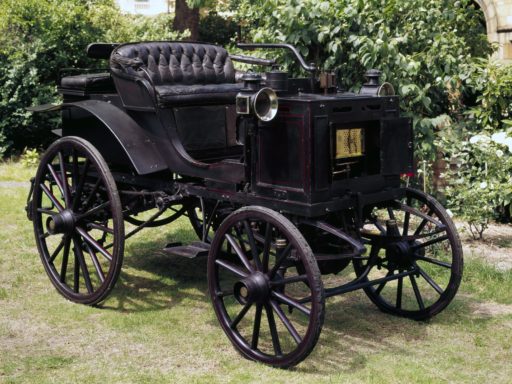
This National Road Safety Week (14 – 20 November 2022) William Sims, Associate Curator at the National Collections Centre, explores the origins of the Transport Road and Research Laboratory and the work they carry out to make our roads safe.

This National Road Safety Week (14 – 20 November 2022) William Sims, Associate Curator at the National Collections Centre, explores the origins of the Transport Road and Research Laboratory and the work they carry out to make our roads safe.
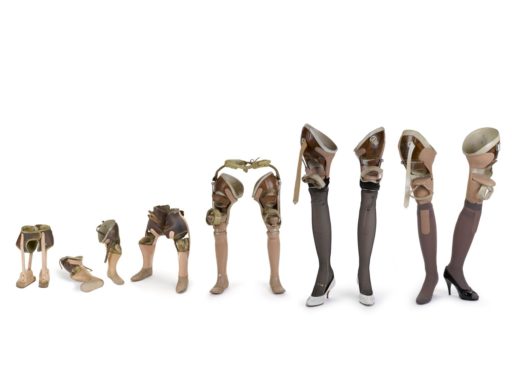
In this blog post Fiona Slater, Head of Access and Equity, interviews Jenni Hunt, founder of ‘Our Objects’.
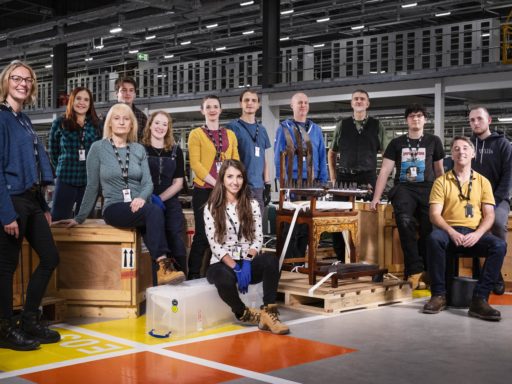
Go behind the scenes with Collection Unpacking Assistants Esme & Holly as they celebrate unpacking 100,000 items from the Science Museum Group Collection in their new home.
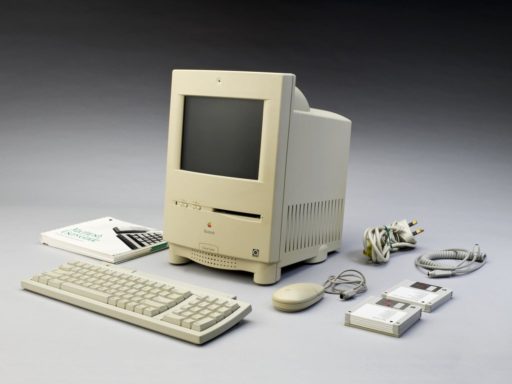
Marking Halloween and the tradition of bobbing for apples, Assistant Curator Laura Büllesbach searched for the juiciest apples in our collections and uncovered some unexpected stories.

The Science Museum Group is celebrating National Poetry Day for a second year (6 October 2022).

Assistant Curator Katie McNab looks into “golden blood” and a Bristol clinic brokering rare blood deals.

At the National Collections Centre, our dedicated Logistics team specialise in moving objects, working closely with the Conservation & Collections Care colleagues. As we prepare to move some of our largest objects into their new home, conservator Kirsten Strachan reflects on what it takes to carefully move these important items.

The modern-day cosmetic market is vast, with many people following beauty regimes to some degree every single day. This is nothing new, with evidence of embellished looks seen in Egyptian drawings and referenced in the works of Roman philosophers. But throughout history, the search for beauty has come with risks – as far back as in Ancient Egypt the iconic heavy lined eye look was achieved with kohl, a black powder made from galena, a mineral form of lead sulfide.

Spring has sprung, summer is heating up; insects and creepy crawlies are starting to buzz, wriggle, and flutter once again. Often these animals are treated as pests, yet bugs and insects play a very important role in our ecosystem. But more than that, many of these insects also have a long and important historical role in medical treatment and healthcare – a tradition that is continued in modern medicine. Here we explore some examples of these helpful bugs – all of which continue to be used by the NHS today!
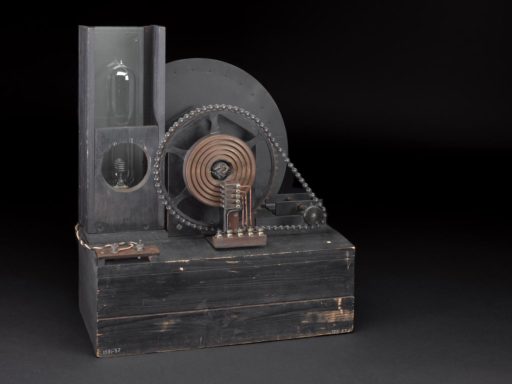
This month a major Science Museum Group collection milestone has been reached: more than 150,000 objects now have an image attached in our online collection. Up from 5% in 2018, over a third of all objects in the collection are now visible online in a dramatic increase in accessibility.
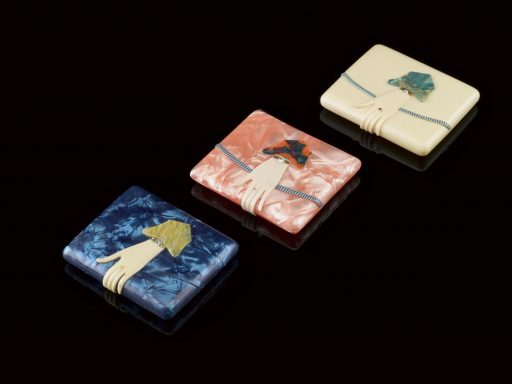
In 1977, the Science Museum Group acquired a large collection of decorative plastics from the London art dealer John Jesse. In this blog, Assistant Curator Laura Büllesbach explores the extraordinary story of his life and a colourful selection of objects ranging from lamps to ocean liner brooches.
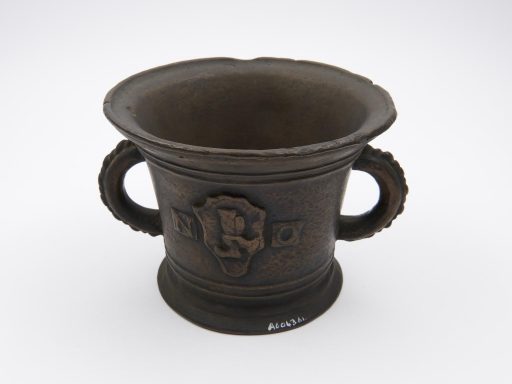
For a second year, we are inviting poets to share work inspired by our collection for our Poetry Project.